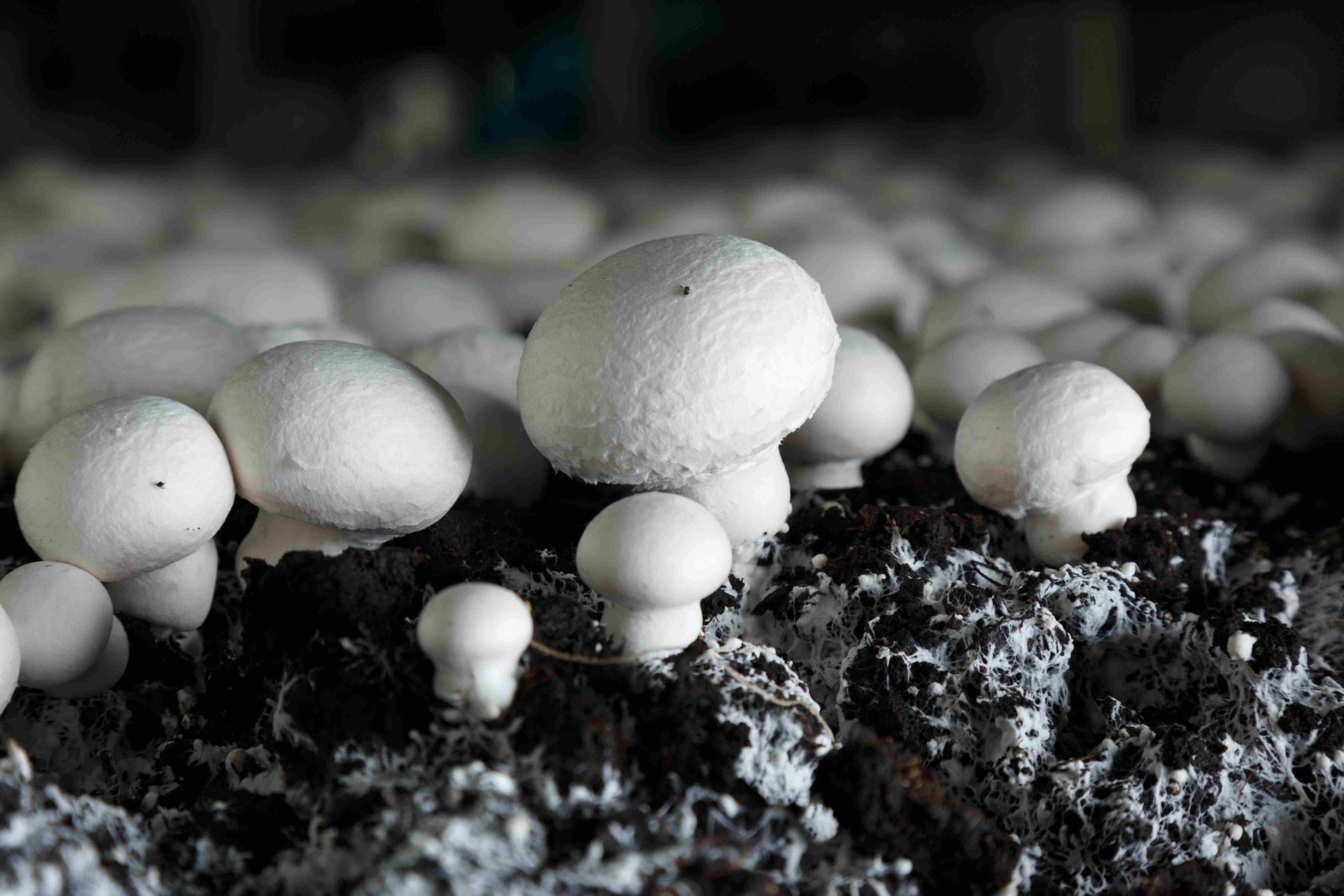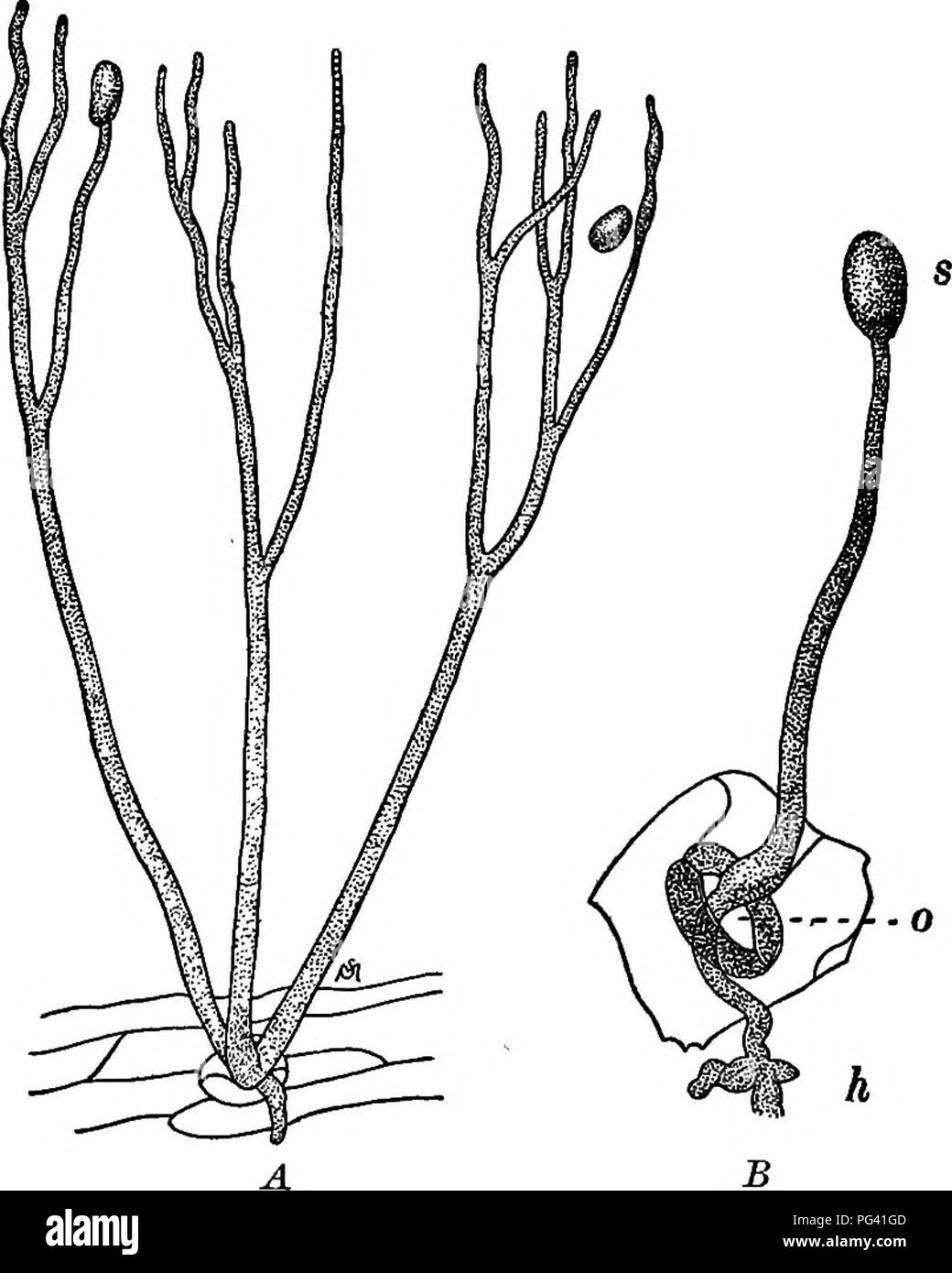

Biofilms are defined as aggregates of planktonic cells that are embedded in extracellular polymeric substances (EPSs) that protect microorganisms from environmental stress. īacterial biofilms is a food safety concern because of its persistence and resistance to the environment. perfringens type F is a global food safety concern, which is responsible for the second most commonly reported type of foodborne illness in the USA, Canada, and some developing countries. perfringens strains were classified based on five toxin types (types A to E), but the classification was recently expanded to seven toxin types (types A to G).

perfringens depends on the production of alpha ( cpa), beta ( cpb), epsilon ( etx), iota ( iap), enterotoxin ( cpe), and necrotic beta-like ( netB) genes. Its virulence is primarily derived from the ability of this organism to produce at least 20 different toxins, potentially causing gas gangrene in contaminated wounds, gastroenteritis in humans, and necrotic enteritis in chickens. perfringens upon exposure to stress conditions after biofilm formation.Ĭlostridium perfringens is a Gram-positive, anaerobic, spore-forming pathogen that causes intestinal diseases in humans and animals. Our results indicate the resistance of sessile cells and spores of C.

After treatment with sodium hypochlorite, the survival rates of TYJAM-D-66 vegetative cells (53.6%) and spores (82.3%) in biofilms were higher than those of planktonic cells (9.23%). When exposed to aerobic conditions for 36 h, TYJAM-D-66, CMM-C-80, and SDE-B-202 vegetative cells showed 1.70 log, 5.36 log, and 5.67 log reductions, respectively. perfringens TYJAM-D-66 ( cpe+) was approximately 19% at day 5, while those of CMM-C-80 ( cpe−) and SDE-B-202 ( cpe+) were only 0.26% and 0.67%, respectively, at day 7. perfringens vegetative cells and spores in planktonic and sessile conditions, and to examine the nucleotide polymorphisms and transcription under sessile conditions in C. This study aimed to compare the disinfectant and environmental resistance properties of C. Clostridium perfringens is a major human pathogen that causes gastroenteritis via enterotoxin production and has the ability to form spores and biofilms for environmental persistence and disease transmission.


 0 kommentar(er)
0 kommentar(er)
